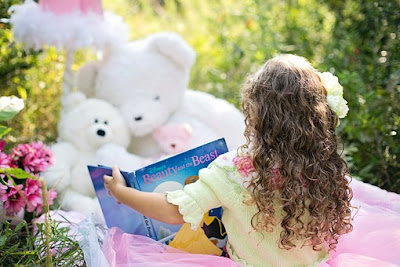Establish a very clear rule that guided reading is done every day and it is a quiet time for the rest of the groups. For the rest of the groups, they need very clearly defined objectives of what they are to do. Here are some ideas to help.
- Set up centers and let the groups rotate through one a day (3-4 students per centre). A centre could be a listening centre, a worksheet centre, a quiet reading centre and a word study centre.
- Set up word study centres. One group uses letter stamps to make their words, another group prints their words, another group uses scrabble like pieces to build words, another group uses flash cards - quietly.
- Pair students up for quiet games, word concentration, math facts whereby the students print the facts instead of saying the answers, story writing time.
- Word wall Bingo. For this game, each student writes down 12 to 16 words from the word wall. Another student points to random words, the other students cross out the words. When the first student has all of their words crossed out, they put both hands in the air. They become the next caller. The game repeats.

See more about guided reading and see some great worksheets about elements of a story, comprehension worksheets and literature response tasks.















